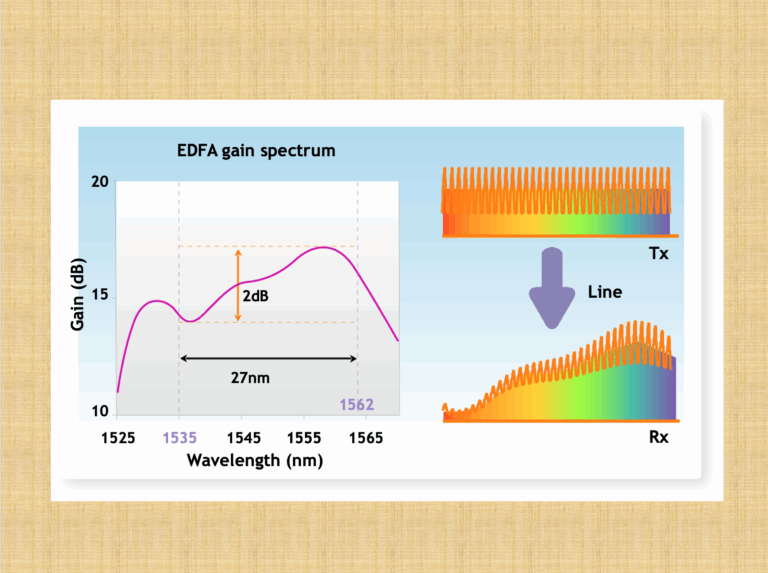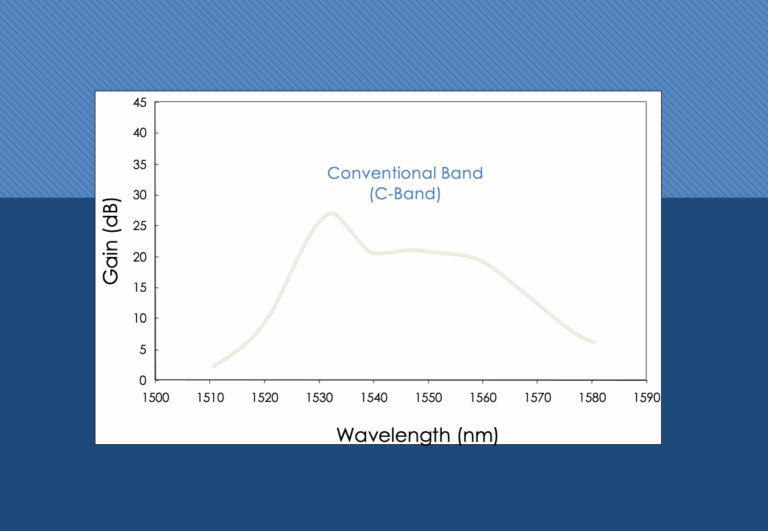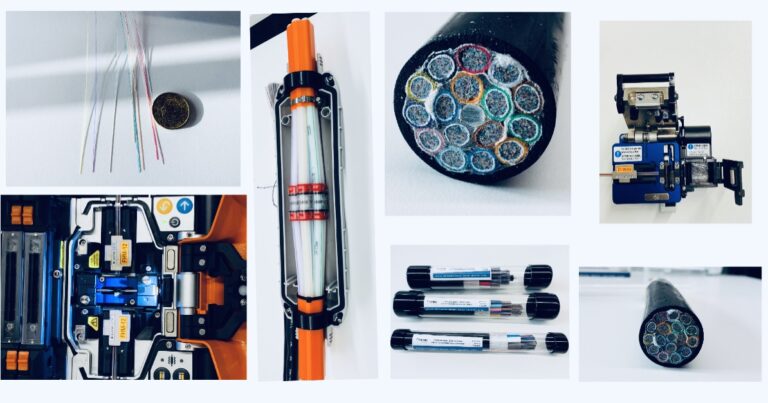HomePosts tagged “amplifier”
amplifier
Showing 1 - 3 of 3 results
EDFA stands for Erbium-doped fiber amplifier, and it is a type of optical amplifier used in optical communication systems What...
-
Free
-
March 26, 2025
Compared with requirements for EDFAs for terrestrial applications and for Submarine applications, there are major important differences making the two...
-
Free
-
March 26, 2025
Background Information The Raman amplifier is typically much more costly and has less gain than an Erbium Doped Fiber Amplifier (EDFA)...
-
Free
-
March 26, 2025
Explore Articles
Filter Articles
ResetExplore Courses
Tags
automation
ber
Chromatic Dispersion
coherent optical transmission
Data transmission
DWDM
edfa
EDFAs
Erbium-Doped Fiber Amplifiers
fec
Fiber optics
Fiber optic technology
Forward Error Correction
Latency
modulation
network automation
network management
Network performance
noise figure
optical
optical amplifiers
optical automation
Optical communication
Optical fiber
Optical network
optical networking
Optical networks
Optical performance
Optical signal-to-noise ratio
Optical transmission
Optical transport network
OSNR
OTN
Q-factor
Raman Amplifier
SDH
Signal amplification
Signal integrity
Signal quality
Slider
submarine
submarine communication
submarine optical networking
Telecommunications
Ticker



